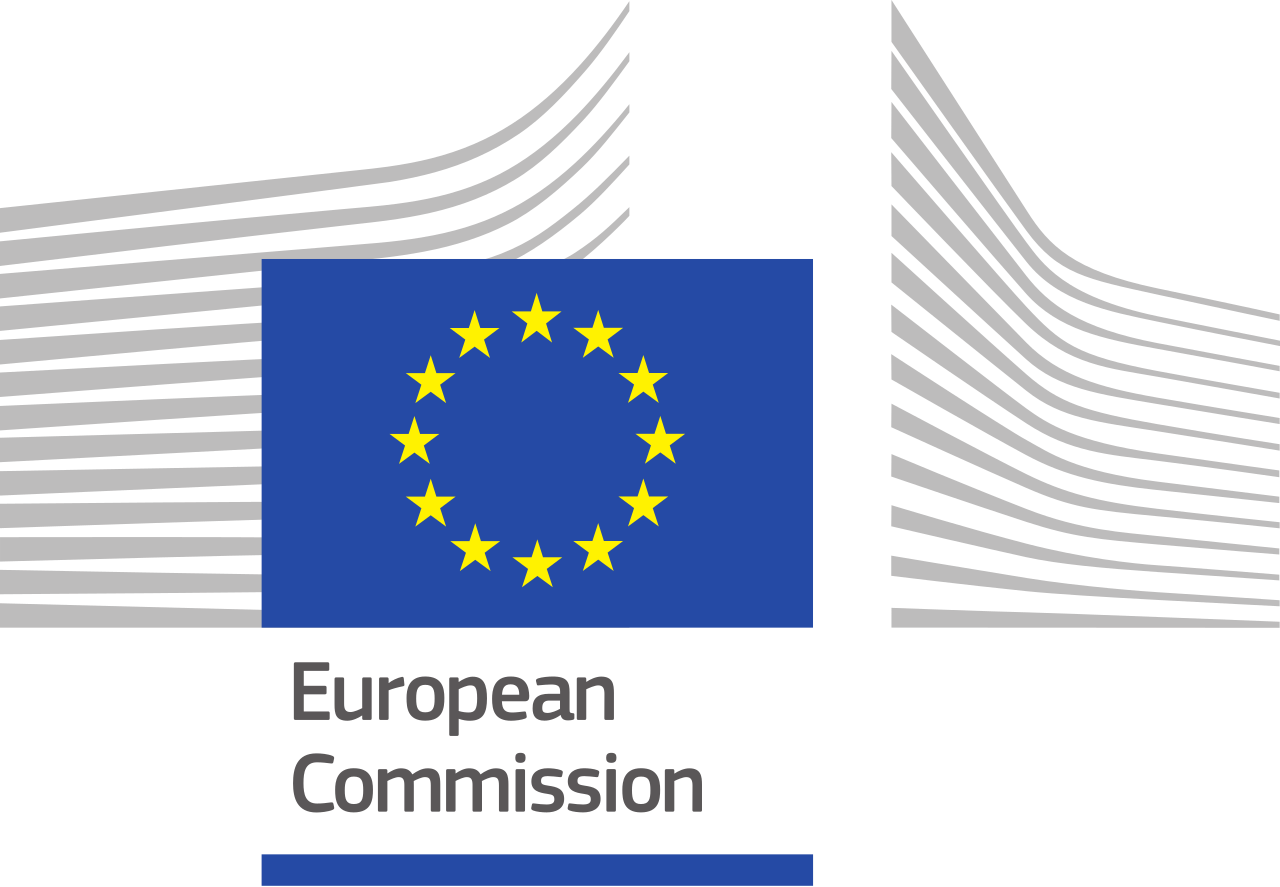Crisis in Ukraine: Impact on Food Prices and Inflation in the EU
Russia's invasion of Ukraine continues to reverberate through global agricultural markets, resulting in significant impacts on food prices and inflation. The disruptions to agricultural supply chains and rising input costs have led to food inflation, affecting consumers and farmers alike. As large parts of the EU grapple with winter droughts following last year's hot and dry summer, water scarcity further compounds the challenges faced by farmers, prompting shifts in crop choices. Countries within the EU, especially those regions hit hard by the droughts, are among the most impacted by the surge in food prices. The higher input costs and reduced availability of certain agricultural products add to the complexities farmers face. Consumers within the EU are also feeling the impact as food prices rise, influencing purchasing decisions and preferences. The European Commission's short-term outlook report provides an in-depth overview of the current trends and prospects for various agri-food sectors, shedding light on the challenges posed by the invasion and its aftermath. To gain a comprehensive understanding of how the Russia-Ukraine conflict is shaping food prices and inflation in the EU.












